
This is the time of year when we start to think about the new season and hatching chicks. Deep in the middle of winter though is not a natural time to incubate, unlike the spring when the daylight is lengthening and the weather is getting warmer. There are though advantages as well as disadvantages to trying to get chicks to hatch so early.
Some of the heavy breeds of poultry such as Brahma, Barnevelder or Wyandotte do benefit from earlier incubation and a longer growing period to develop fully. The drawbacks to winter incubation are the heating costs and facilities needed to keep chicks safe and warm as well as providing extra light to keep them feeding sufficiently. Another downside is that sometimes the fertility is not as reliable as later in the year when sun on the birds seems to produce miracles.
The decision must therefore be made as to why you think incubating early will justify doing so? Point of lay pullets in summer or mature fully feathered show quality birds for the big winter shows are just two reasons if you keep a slow maturing breed.
The natural way to incubate eggs is under a broody and a hen will generally follow nature and go broody after laying sufficient eggs for a worthwhile clutch, which usually corresponds with the weather warming up.
Incubating before nature has produced broody hens can be done artificially and although there are many incubators on the market a small tabletop version holding between six and twelve eggs is possibly the best to begin with. A popular one is the Brinsea Mini II Eco Incubator which takes 10 eggs. Eggs need to be turned throughout their incubation and a manually turning incubator is less expensive than an automatic turning version but this would save time and effort. The manual version of the Mini II Eco is around £76 but this incubator included in a full starter pack of everything needed from incubation to newly hatched chicks costs £150 -56.
This story is from the January - February 2020 edition of Practical Poultry.
Start your 7-day Magzter GOLD free trial to access thousands of curated premium stories, and 8,500+ magazines and newspapers.
Already a subscriber ? Sign In
This story is from the January - February 2020 edition of Practical Poultry.
Start your 7-day Magzter GOLD free trial to access thousands of curated premium stories, and 8,500+ magazines and newspapers.
Already a subscriber? Sign In
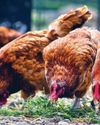
Growing food for Chickens
Mary Larham explores some crops to grow on your holding…
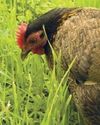
Poultry in the garden – the truth!
Jo-Jane Buxton shares her experiences

The British Waterfowl Association
Which came first, the goose or the egg?
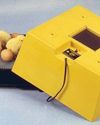
WHY FIT A FAN IN AN INCUBATOR?
Brinsea Products, the Incubation Specialists explain the difference between still air and forced draught
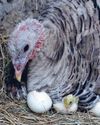
Incubating turkey eggs
Janice Houghton-Wallace looks at broody turkeys and artificial incubation

Chicken nesting box herbs
Diana Clauss owns The Blue Feather Farm, in St Cloud, Florida, home to chickens, ducks, goats, and Anatolian Shepherd dogs.
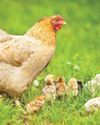
Incubate in January?
Jessica Wombwell says plan the breeding
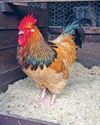
Andy's DIARY
Andy emphases the importance of keeping out damp and wet but allowing ventilation even in cold weather
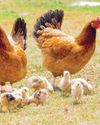
Feeding for Breeding
It may be winter, but as Joanna Palmer, nutritionist for Smallholder Range explains, now’s the time to get your flock in tiptop shape and plan ahead for a successful breeding season next spring.

A chick named Cuckoo raised by a duck!
Chris Hammacott and her husband live on a small croft in the Outer Hebrides, they keep a ‘no kill’ flock or rare and rescue sheep which they use to spin and weave rugs. They also share the 8 acres with hens, ducks, cats and 9 rescue pugs.